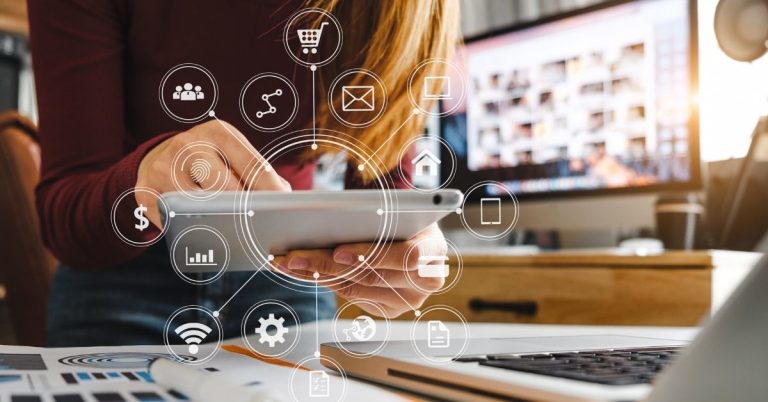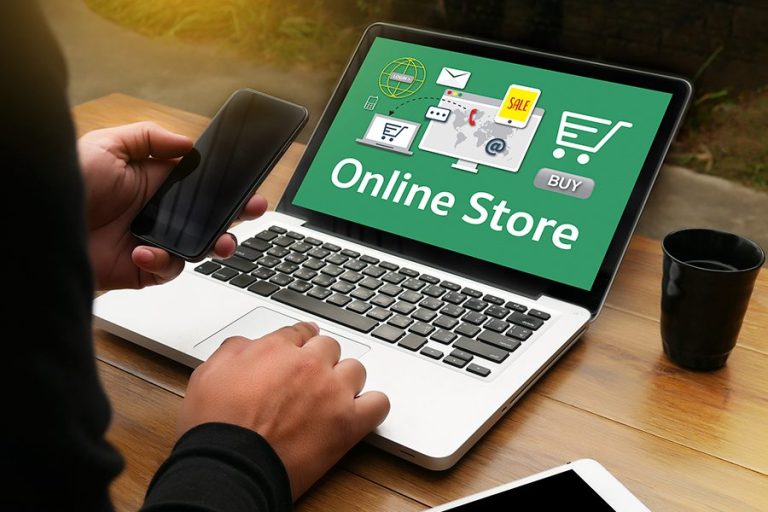Shopify Metafields: Let’s Know Everything About It
If you are a Shopify seller or developer, then you should know all about the power of metafields. The Shopify Metafields permit you to customize the functionality and arrival of your Shopify store by letting you save specialized data that is not usually captured in the Shopify admin. You can use Metafields for internal tracking, or to display specialized data on your online store with a diversity of tips. But what if there was a more straightforward approach to generate and maintain metafields? Shopify Online Store 2.0 includes new metafields that make it easier to add dynamic content to your store.
Shopify 2.0 Metafields
First let’s understand what are metafields? Metafields are extra information fields that complement core Shopify information. They can be used for all types of data, consist of product check, team members, or even custom data about your customers.
Shopify 2.0 metafields are the new and enhanced way to add custom fields to your store. They are more flexible and powerful than the traditional Shopify metafields and are an excellent tool for experienced users.
Shopify 2.0 Metafields have several new features that the original Metafields did not have.
Benefits of Shopify 2.0 Metafields over Old Metafields
- The new metafields are simple to apply . You can conveniently design metafields based on the type of metafield and add them to the theme editor to display in your store.
- The second assistance is the skill to set granular permissions on each metafields. You can now decide on whether you want to show your metafields to the storefront, or just want to design for internal use.
- The next help is the ability to target your metafields using liquid code. This feature is tremendously energetic, and you can arrival your metafield content only when positive conditions are contented. For example, if a product costs less than $100, you can place a “Free Shipping” label over the product images.
- Shopify 2.0 Metafields are use at no cost. You don’t need to spend extra money on third-party apps to add custom data to your store with new metafields.
Shopify Metafield Types
1. Product Metafields
Product metafields in Shopify may assist you in keeping track of any additional data about a product. Assume you sell shoes and want to include the color of shoelaces as a key element in your product search.
This is when they come in handy. Simply add a metafield and associate it with the characteristic ‘Shoe Lace Color’ on your goods. Users will be able to filter their searches based on shoelace color when searching for goods with specified qualities.
2. Variant Metafields
You can also construct metafields at the variation level using Shopify variant metafields. This is important when there are many varieties of a product that require various data, such as a sizing guide or specialized shipping information.
3. Collection Metafields
Collection metafields in Shopify may be used to add extra information about a certain collection or adjust the layout of the collection page on your site. If you want custom tags to show on your collection page, you may add them using collection metafields.
4. Customer Metafields
When clients sign up for your store, you may want to provide additional custom fields. Shopify Customer metafields can assist you in this regard. You may use this to save information such as your clients’ preferred colors or the last time they logged into your business.
These sections can also be used to hold referral codes and other links that consumers will share with their friends in order to receive discounts on things they purchase.
5. Order Metafields
Order Metafields on Shopify allows you to keep order-related data on your site. If you’re selling real things, you might want to provide the product weight so you know how much to charge for delivery. This can also be used to store extra information about orders that does not fit into other Shopify sections, such as customer special delivery instructions.
6. Page Metafields
When you need to add custom data to each page of your Shopify store, Shopify Page Metafields come in handy. Assume you are utilizing the same landing page design for all of your landing pages, but you want to display various discount offers on each one. In such circumstances, Page metafields can be useful.
7. Blog Metafields
Shopify Blogs Metafield functions similarly to other Shopify metafields, however it has a different purpose. Blog Metafields allow you to save information about blog categories. This metafield may be found in Online Store > Blog Posts > Manage blogs.
8. Blog Post Metafields
When you need to add custom data to individual blog posts, Shopify Blog Post Metafields come in handy. Assume you want to present a product or a list of items in between the blog post text, and it changes depending on the blog article. This is possible using the Blog Posts metafields.
If you are utilizing Shopify 2.0 themes, adding Shopify metafields to your store is a breeze. Let’s start creating them in Shopify.
How To Use They In Shopify?
We will learn to add it in three sections here:
- Shopify metafield definition development.
- Metafields with values.
- Metafields are displayed in the store.
If you haven’t already done so, let’s get started with building your first Shopify 2.0 metafield.
Wrapping Up!
The new Shopify 2.0 Metafields are a major improvement over the previous version. They are incredibly convenient and adaptable. You can easily add them to your store with a few simple clicks. We hope that the information we have provided will assist you in having a positive experience with Shopify Metafields. If you still have concerns about them, please contact ONEXT DIGITAL; we will assist you in gathering additional information in order to identify the appropriate solution.





